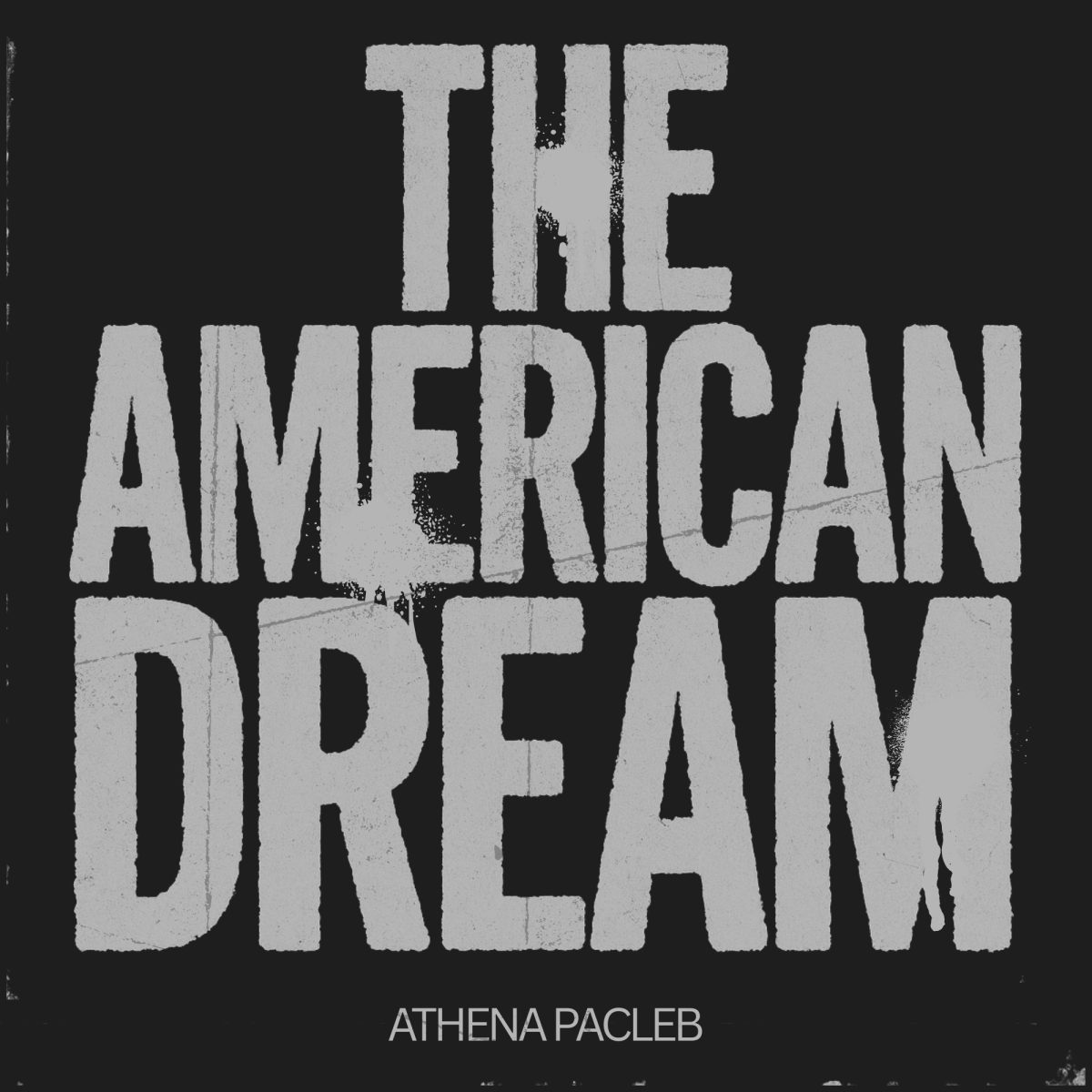At Bellarmine, class discussions challenge students to rethink the concept of the American Dream. This topic is especially emphasized in freshman and junior years, in which entire units are dedicated to it. The curriculum, based on Jesuit values like social justice and advocacy, teaches students that the American Dream is a complex concept whose interpretation of achievability depends on an individual’s background and values. By default, Bellarmine students are set apart from the average student because of the opportunities private school provides, but at the same time are obligated to explore the different points of view of others in the Jesuit tradition.
Generational wealth, systemic barriers and the racial wealth gap are all factors that can affect people’s view of the American Dream because they can be economically beneficial for some but limiting to others. As defined by the “Oxford Review,” generational wealth is “financial assets, property, investments or other forms of wealth that are passed down from one generation to the next. It includes tangible resources such as homes, savings and businesses, as well as intangible advantages such as access to education, social networks and financial literacy.”
As shown in “How Wealth Inequality Shapes Our Future,” among young adults in the United States whose parents were in the top 20% in terms of wealth holdings, 44% ended up in the top 20% in their own generation’s wealth distribution, and only 6% fell to the bottom 20%, meaning a majority of young adults whose families had generational wealth were able to retain it. At the other end of the economic ladder, among young adults whose parents were in the bottom 20%, 35% stayed there, and fewer than 6% made it to the top 20% within their generation, meaning that people from low-income families often struggle to build wealth, making it hard for them to move up economically.
Data surrounding generational wealth can be reflected in the strong legacy tradition at private tuition schools like Bellarmine. A family’s ability to pay for tuition generation after generation is an example of intergenerational wealth.
Systemic barriers like historic discrimination against race and class cause limited access to higher education, capital and resources, feeding into the racial wealth gap. In 2022, the median White household held $284,310 in wealth, compared with $44,100 for Black households and $62,120 for Hispanic households, according to the National Community Reinvestment Coalition, which relied on data from the Federal Reserve Board. Systemic barriers have been shown to prevent historically marginalized demographics from achieving economic success. These figures show why students sometimes question how equally achievable the financial stability associated with the American Dream really is.
According to Isabella Silva, a Mexican American junior with immigrant parents, “The American Dream is not simply based on hard work because my parents are very hard workers, but there’s also other families I’ve met that are similar to mine and they don’t have the same things that I have …I think generational wealth definitely has a lot to do with it because it opens up a lot more opportunities for people with it.” Connecting to the racial wealth gap, Silva said that the American Dream “definitely wasn’t meant for people of color … every time you look at pictures of the American Dream, it’s always a white family.” Silva views her parents’ achievement of the American Dream as a result of a combination of hard work, opportunity and luck.
On the other hand, other students believe that systemic barriers do shape how people view the American Dream, but disagree that they prevent them from achieving it, saying that hard work is the sole factor that determines success.
“I do think systemic barriers can limit someone from achieving the American Dream, but I also believe they don’t make it completely impossible,” senior Trace McGuire said. As a Korean, Filipino and Irish American student who spent much of his childhood in Korea, McGuire is inspired by his father, who took a leap of faith, moving from the Philippines to America for a stable life. He said, “I think because of him, [my dad] I’m able to pursue my dream, which is [to] do better than him, because he gave me the opportunity to do better.”
Sophia Miller, an Italian and Native American junior who hopes to be a first-generation college graduate, took a similar approach and said, “Everybody’s American Dream is different and depends on where they are in their life right now. As long as your American Dream is realistic for you and that you have dedication and passion to go after what you want, I think that you can achieve your American Dream no matter your class or education.” When discussing the role of personal responsibility in achieving the American dream, she said, “If you have a goal in mind, you can’t just throw yourself a pity party … if you believe you are working hard and you’re still not getting where you are, maybe it’s something else in your life that you’re doing wrong or that you didn’t take advantage of.” Miller’s point of view takes a distinct perspective: there are obstacles, but it is your responsibility to work past them to achieve your goals.
For some, the American Dream begins with access. At Bellarmine, that access starts in the classroom. As shown on their website, 99% of Bellarmine students pursue further education in college. For many students, the opportunity to attend Bellarmine is a stepping stone in building their legacy, allowing them to pursue a higher education for their future career.
Hannah Yeam, a junior said, “I feel like going to Bellarmine gives you an advantage in fulfilling the American Dream in terms of education. Not a lot of other children have the opportunities and resources that we have here.” As a student who hopes to pursue a career in dentistry, Yeam believes that education and opportunities at Bellarmine bring her closer to her American Dream than the average student.
Joshua Morales, a junior who used to attend public school said, “I’m grateful for the opportunity to come here, I’m grateful for the lessons that are being taught, whereas going to public school my whole life, it really never was as in depth as it is now, and seeing all of my friends who still go to public school, I see the difference between us, not from a personality barrier, but it more from an awareness of the world around us.”
Backgrounds shape different perceptions of the American Dream: homeownership, freedom, a successful legacy. Despite the unequal playing fields created by systemic barriers and the racial wealth gap, individual determination still plays a significant role in the outcome. As Randy Pausch once said, “We cannot change the cards we are dealt, just how we play the hand.” The different cards dealt to people may shape how they see the American dream, but a sense of hard work and passion is a common thread between student views.


